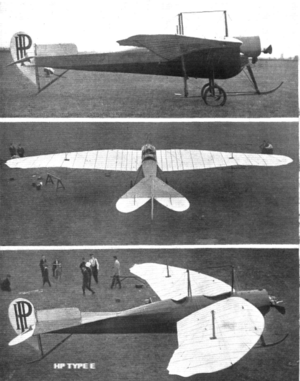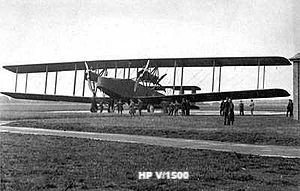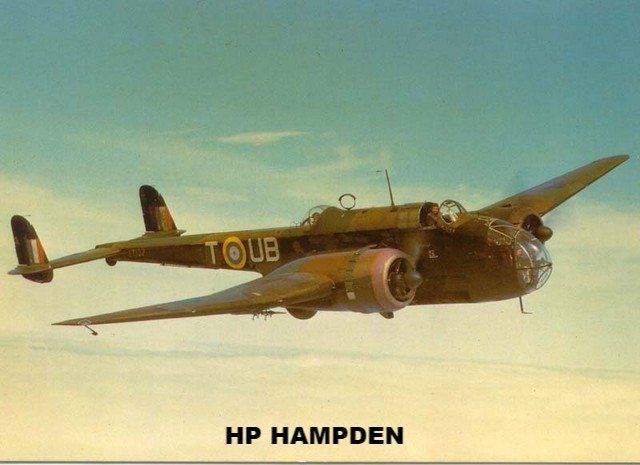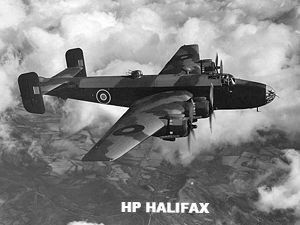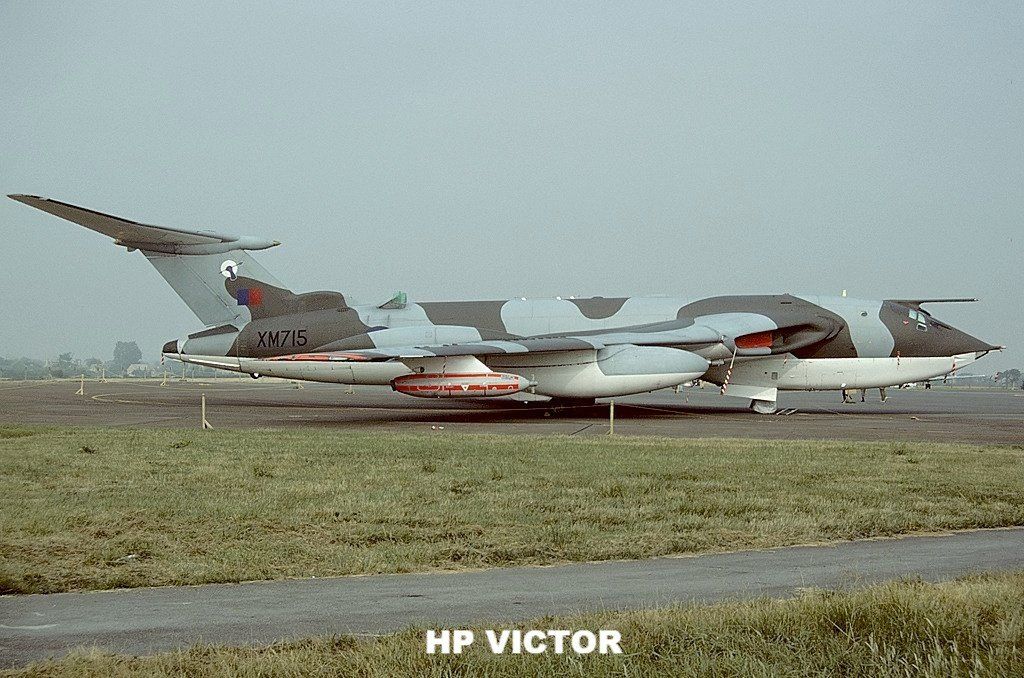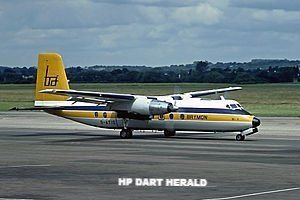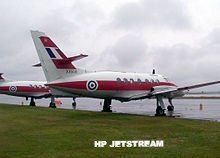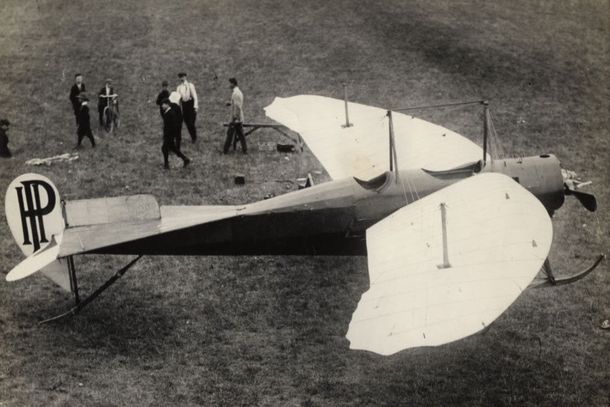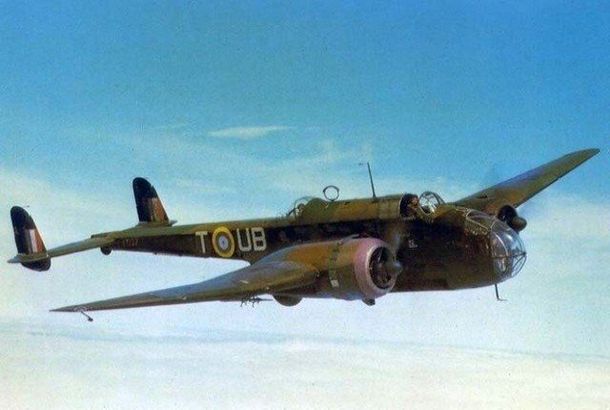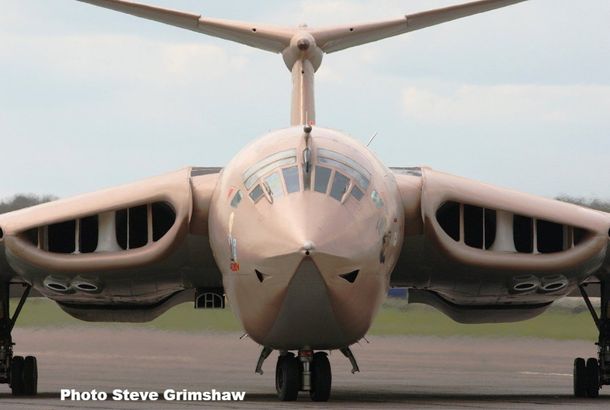Handley Page Limited was founded by Frederick Handley Page (later Sir Frederick) in 1909 . The company, based at Radlett Aerodrome in Hertfordshire, was noted for its pioneering role in aviation history and for producing heavy bombers and large airliners
Frederick Handley Page first experimented with and built several biplanes and monoplanes at premises in Woolwich, Fambridge and Barking Creek. His company, founded on 17 June 1909, became the first British public company to build aircraft.
In 1912, Handley Page established an aircraft factory at Cricklewood after moving from Barking. Aircraft were built there, and flown from the company's adjacent airfield known as Cricklewood Aerodrome, which was later used by Handley Page Transport. The factory was later sold off to Oswald Stoll and converted into Britain's largest film studios, Cricklewood Studios


